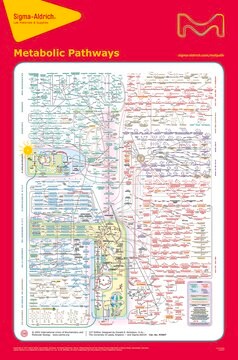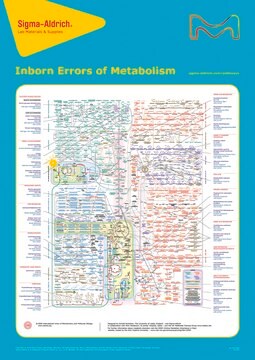M2250
D-(+)-Maltose monohydrate
Type II, ≥95%
Synonym(s):
4-O-α-D-Glucopyranosyl-D-glucose, Maltobiose
About This Item
Recommended Products
biological source
corn
Quality Level
type
Type II
Assay
≥95%
form
powder
optical activity
[α]20/D 129 to 131 °, c = 4% (w/v) in water + trace NH4OH
impurities
≤1.5% Glucose
≤5% Maltotriose
color
white
useful pH range
5.0-7 (25 °C, 180 g/L)
mp
125.13 °C (1013.25 hPa)
solubility
180 g/L at 20 °C
storage temp.
room temp
SMILES string
O.OC[C@@H](O)[C@@H](O[C@H]1O[C@H](CO)[C@@H](O)[C@H](O)[C@H]1O)[C@H](O)[C@@H](O)C=O
InChI
1S/C12H22O11.H2O/c13-1-4(16)7(18)11(5(17)2-14)23-12-10(21)9(20)8(19)6(3-15)22-12;/h1,4-12,14-21H,2-3H2;1H2/t4-,5+,6+,7+,8+,9-,10+,11+,12+;/m0./s1
InChI key
HBDJFVFTHLOSDW-DNDLZOGFSA-N
Looking for similar products? Visit Product Comparison Guide
Application
- Evaluation of the variations in chemical and microbiological properties of the sourdoughs produced with selected lactic acid bacteria strains during fermentation: This research explores the use of D-(+)-Maltose monohydrate in fermentative processes, highlighting its impact on the chemical and microbial dynamics in food technology, pertinent for industrial biosynthesis applications in the life sciences sector (Boyaci Gunduz et al., 2022).
Biochem/physiol Actions
Other Notes
Storage Class Code
13 - Non Combustible Solids
WGK
WGK 1
Personal Protective Equipment
Choose from one of the most recent versions:
Already Own This Product?
Find documentation for the products that you have recently purchased in the Document Library.
Customers Also Viewed
Our team of scientists has experience in all areas of research including Life Science, Material Science, Chemical Synthesis, Chromatography, Analytical and many others.
Contact Technical Service









